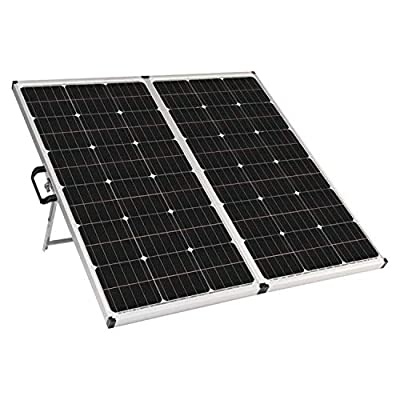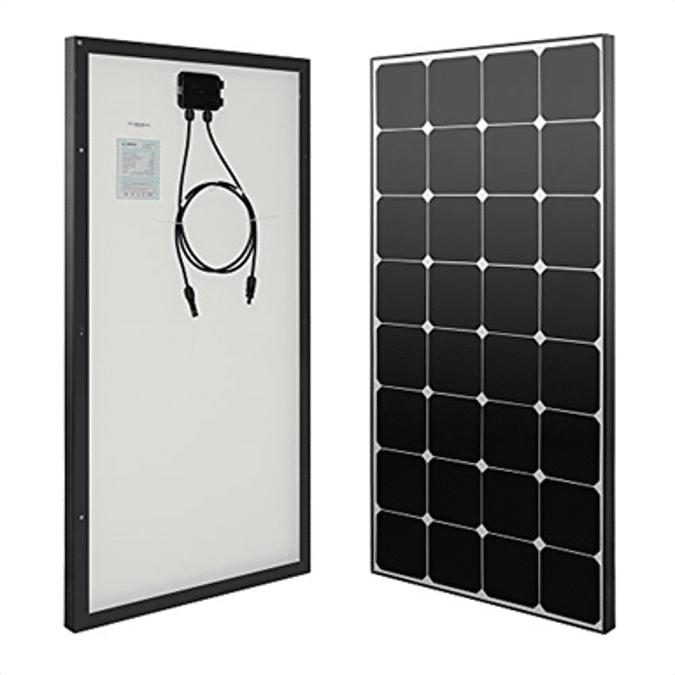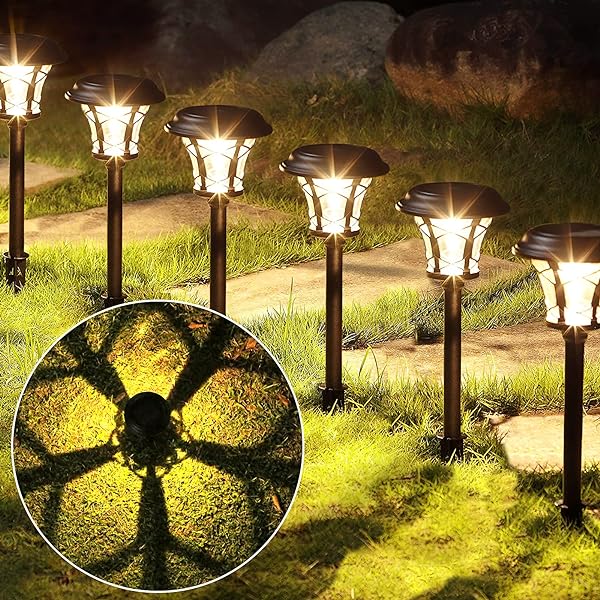Solar energy storage systems are becoming cheaper and more interesting for operators of a photovoltaic system. The acquisition costs have even fallen so far that the federal government will reduce the subsidy rates to prevent overfunding. Due to the high demand, the total funding was increased. Even with less financial support, it is worth thinking about a battery storage for solar systems, because it can more than double your own consumption.
Those who produce their own electricity on their own roof naturally want to use it themselves if possible. This is what operators of a solar power system are about: being self-sufficient from the public power grid and covering their needs with environmentally friendly electricity. However, the times when a lot of electricity is produced often do not coincide with the times when a lot of electricity is needed. With a solar power storage device, the electricity can be stored at peak production levels and made available again in the evening and night. This enormously increases self-consumption.
Tip: The feed-in tariffs are steadily falling, so that self-consumption is becoming more and more lucrative.
Size and type of solar power storage
How big a battery storage should be depends on the power consumption. The size of the photovoltaic system is not important. Different battery storage technologies are used in the private sector: lead-acid or lead-gel batteries as well as lithium-ion batteries. As with car or motorcycle batteries, lead-acid batteries have to be regularly refilled with the electrolyte (usually sulfuric acid).
In addition, hydrogen forms during charging, which can become an explosive mixture with oxygen. Lead-gel batteries generally do not gasify, which is why they are more suitable. The lifespan is given as approximately ten years. The lithium-ion battery shines here. Their tests confirm a lifespan of up to 20 years.
Tip: The room temperatures in a lithium-ion battery must never drop below freezing, otherwise irreversible damage will occur.
Photovoltaic system and battery storage as a unit
So that the solar power produced can also be stored reliably, the photovoltaic system and the solar power storage must be optimally connected. So-called AC or DC couplings ensure this. The AC coupling uses the building’s AC network to connect the battery storage to the photovoltaic system. The electricity has to be converted twice. First from the PV inverter in alternating current, and then from the battery inverter in direct current for charging.
This integration is useful in households where a photovoltaic system is already in use and a solar power storage system is to be retrofitted. You are flexible in choosing the location of the solar power storage and photovoltaic inverters, because they do not have to be close together. A DC coupling can also be efficient and cost-effective, since the excess solar power only has to go through a voltage adjustment before being stored. A specialist must clarify which system is more suitable in individual cases.

Connection to the public network
There is the possibility to operate solar energy storage systems connected to the grid. The photovoltaic system and battery storage are directly connected to the public power grid. An exchange with this is possible at any time, so that short-term loading or unloading can occur. If you do not want this, you can use a decoupled system.
Here, the electrical devices of a household in so-called island operation are supplied by the battery storage. This requires a corresponding performance of the solar power storage. If more electricity is required than the internal storage can provide, the supply is switched to the public grid.
Tip: If there is a grid failure, grid-connected and grid-decoupled systems can supply the house in emergency power mode.
More and more homeowners are opting for solar energy storage, because with their increased self-consumption they come very close to the dream of self-sufficient electricity production on their own roof.





